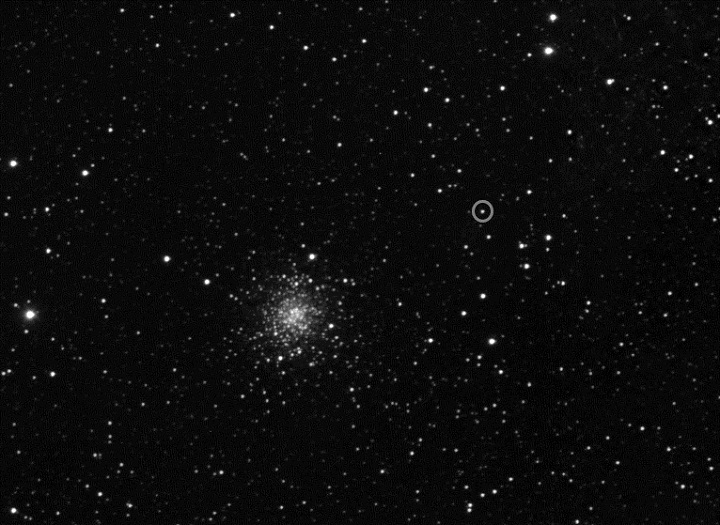The Rosetta spacecraft has caught a first glimpse of its destination comet since waking up from deep-space hibernation on Jan. 20. The first images of comet 67P/Churyumov-Gerasimenko were taken on March 20 and 21 by the Optical, Spectroscopic and Infrared Remote Imaging System (OSIRIS) wide-angle camera and narrow-angle camera. Rosetta is an international mission spearheaded by the European Space Agency with support and instruments provided by NASA.
The two images were taken at a distance of about three million miles (five million kilometers) and required a series of exposures of 60 to 300 seconds, taken with the wide-angle and narrow-angle camera. The imaging of 67P/Churyumov-Gerasimenko is part of six weeks of activities dedicated to preparing the spacecraft’s science instruments for close-up study of the comet. Rosetta has been traveling through the solar system for 10 years, and will arrive at the comet 67P/Churyumov-Gerasimenko in August of this year.
Rosetta was reactivated Jan. 20 after a record 957 days in hibernation. The three U.S. instruments aboard Rosetta are the Microwave Instrument for the Rosetta Orbiter, Alice (an ultraviolet imaging spectrograph) and the Ion and Electron Sensor.
